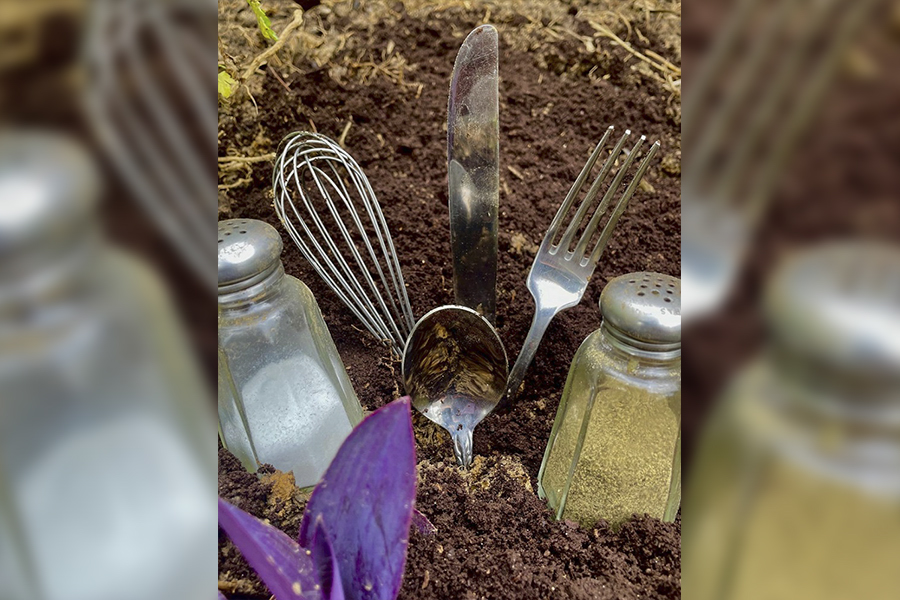There are similarities between gardening and cooking
ggardening and cooking share many concepts, from tools to techniques. Whether you’re a skilled chef or horticulturist, or a gardener and home cook dabbling in the yard or kitchen, there are easy comparisons.
Think about each of the small skillful steps needed to create a perfect BLT sandwich.
Slice things to just the right thickness, making sure there isn’t too much mayo, the bread gets soggy, just adding a pinch of salt and pepper. …It’s pretty much the same as creating a flower bed.
Being steeped in horticultural science increases my appreciation of a well-planned design brimming with perfect plants, but doesn’t make me a better gardener. And understanding the chemistry behind a smooth brown roux doesn’t make the homemade sauce less flavorful, with lumps and all.
In fact, production-oriented techniques sometimes prevent me from enjoying the simple act of banging in the yard. I am challenged by irregularities and find a subtly perverse pleasure in unexpected results. I mean, what chef, after a long day working on commercial-grade stovetops, doesn’t occasionally stand in front of the open refrigerator late at night, munching on cold leftover mac and cheese?
A lot of people aren’t comfortable with a lot of rules, so to give basic gardening advice to people who don’t respond well to scientific chatter, I often come up with culinary analogies.
I don’t think I even need to get into too obvious tool comparisons. Shovels and spoons, hand shears and kitchen shears, bread knife and pruning saw, buckets and pots, potting bench and counter, or pipes and cheese graters and compost sieve. And how digging in fresh compost or warm, moist soil releases an earthy smell that to me is as distinct as baked gingerbread.
Heard that adding bark, compost, peat or the like will improve the drainage of heavy clay or help super sandy soils retain water longer? I liken it to adding crumbled crackers to a bowl of soup. Past the fun of cracking thin soda bread with your bare hands, it doesn’t take long to realize that if you don’t add at least a handful of crackers, you can’t say you added any at all; more than two handfuls turn it into mush.
And each of us knows that when you pour a ladle of sauce over mashed potatoes, you make a little “volcano” depression on the top of the potatoes, then fill it up until it’s overflowing with sauce. Adding much more than that turns it into potato soup.
Even with the addition of stuff to the dirt. I’ve dug many flower beds and found through short and long term experience that “just right” usually means digging the dirt to a shovel’s depth and then spreading out a few or three inches of organic material on top – about the same proportions as chili crackers or potato sauce – then mix everything together. Too much is too fluffy and dries too quickly.
Using fertilizer is the same as salt on eggs or sugar in tea; a little goes a long way, and too much raises your blood pressure. Fertilizers are a bit like that.
Finally, good gardeners, like good cooks making vegetable broth, do certain things ahead of time. So I took advantage of the good weather this week to turn over some soil, mix in a few centimeters of compost and bark, and cover it with mulch.
Mixing the ground is like making chili – chopped vegetables, seasonings in hand, pan sizzling in anticipation of cornbread batter. … The difference is that I hope I don’t find worms in the pepper later!
Felder Rushing is a Mississippi author, columnist and host of “Gestalt Gardener” on MPB Think Radio. Email gardening questions to [email protected]


Comments are closed.